5 Top Tips for Teaching Coding Remotely
By Jodie
 Photo by Caspar Camille Rubin on Unsplash
Photo by Caspar Camille Rubin on Unsplash
I feel I should caveat this post by saying I don’t have any formal teaching qualifications. I have, however, volunteered as an instructor for Code First: Girls on their Introduction to Web Development course and delivered it twice now. So I have a bit of experience that I want to share with others who like me could (just about) code but had never taught coding before. Both times I have taught the course online using video conferencing software such as Zoom and Google Meet. This came with its own set of challenges that these tips also consider.
Here are my top tips for teaching coding remotely.
- 0 Comments
- Feb 25, 2021 10:00:00 AM
- Posted by Natalia Galvis
- Topics: Robotics, About the Robots, EdTech, STEM, Curriculum, teachers, Coding, students, programming, Technology, Edchat, Digital Technology, teaching, online, lessons, eLearning, Automation
5 Ways to Introduce Students to Automation/Robotics
By Devin Partida
 Photo by Marília Castelli on Unsplash
Photo by Marília Castelli on Unsplash
Automation and robotics are everywhere. They enable simple actions like autopay and other, more complex systems like production lines. Their uses throughout the world make them an industry of their own.
Robotics and Programming for Education
For teachers and professors, engaging STEM students of all ages is the biggest obstacle. However, with the right introduction, you can increase interest in this growing industry.
- 0 Comments
- Feb 24, 2021 10:00:00 AM
- Posted by Natalia Galvis
- Topics: Robotics, About the Robots, EdTech, STEM, Curriculum, teachers, students, Technology, Edchat, Digital Technology, teaching, online, lessons, eLearning, Automation
Why Robotics Are Important In The Classroom
By Katherine Rundell
Robotics is one of the newest subjects in today’s schools, and many who grew up without it might question why it is useful to teach to children these skills. After all, building robots may seem like quite a small niche – though actually, the robotic world is growing at an incredible rate, and learning about it will massively benefit today’s children as they come to enter the workforce. Building a robot requires students to utilize totally different skills to those which might be used in a normal classroom setting.
- 0 Comments
- Jan 20, 2021 10:00:00 AM
- Posted by Natalia Galvis
- Topics: Robotics, EdTech, STEM, Curriculum, teachers, Robots,, students, Technology, Edchat, Digital Technology, teaching, online, lessons, eLearning
Will Robots be Good Teachers?
By Tiffany Harper
People have long been fascinated by how robots work. And as technology is improving, it also offers new development opportunities for the robotics industry. There are already robots that are considered the future of logistics, while others are used to welcome and greet patients at many hospitals.
But according to the best paper writing service, robots could make their entry in the educational domain too.
- 0 Comments
- Jan 19, 2021 10:00:00 AM
- Posted by Natalia Galvis
- Topics: Robotics, EdTech, STEM, Curriculum, teachers, Robots,, students, Technology, Expeditions, Edchat, Digital Technology, teaching, online, covid19, lessons, eLearning
Robots as Learning Companions During a Pandemic
By Tiffany Harper
 Photo by Owen beard unsplash
Photo by Owen beard unsplash
There have been many consequences of the COVID-19 pandemic already. The concept of social distancing was nonexistent before the pandemic, but it's something that we all have to live and work by now. Everybody is now subjected to the use of a nose mask while also trying to keep a distance of 6 feet from the persons around them. It’s a lot to live by, yet the world has not changed.
Industries and companies have responded to the gap which Covid creates in different ways. People that can afford to work remotely are working remotely, but then goods delivery has to continue, someone needs to clean the workplaces, and people need to receive medical attention. All of these require close interaction that the world can’t afford now, thanks to the virus. That’s why the world is now turning to robots to fill the void.
- 5 Comments
- Jan 15, 2021 10:00:00 AM
- Posted by Natalia Galvis
- Topics: Robotics, EdTech, STEM, Curriculum, teachers, Robots,, students, Technology, Expeditions, Edchat, Digital Technology, teaching, online, covid19, lessons, eLearning
Robotics Tips and Tricks for Inclusion and Integration of Students
By Sebastian Rice
Do you know the most efficient way to teach kids something new?
The answer comes in the form of gamification. It’s a practice of adding game-like elements to learning experiences in order to help students grasp and retain knowledge quickly and effortlessly.
The real question is how to apply this principle to coding and strengthen the inclusion and integration of children. Well, it turns out that robotics has the greatest potential to engage young scholars and assist them in their attempts to figure out how programming really works.
In this post, we are going to explain to you the best robotics-related tips and tricks that can help students become beginner-level programmers. Let’s take a look!
- 1 Comments
- Nov 17, 2020 10:00:00 AM
What Matters Most When You’re Evaluating Edtech Tools
Look past the marketing and focus instead on the student—and teacher—experience and built-in engagement features
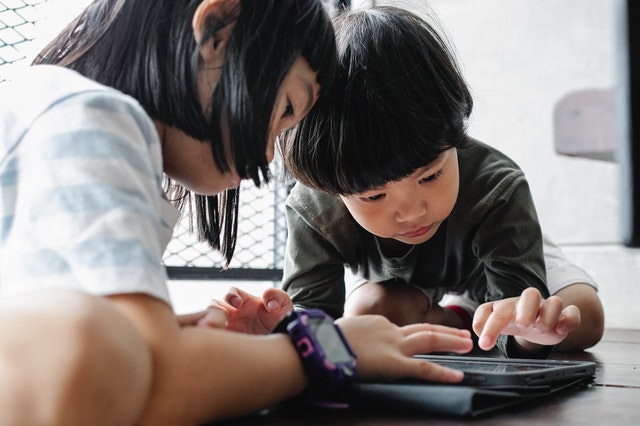 Photo by Alex Green from Pexels
Photo by Alex Green from Pexels
- 0 Comments
- Nov 16, 2020 10:00:00 AM
Google Expeditions app will no longer be available
Google announced that the Google Expeditions app will no longer be available for download and Tour Creator will no longer be accessible as of June 30, 2021.

- 0 Comments
- Nov 15, 2020 4:30:00 PM
How to Use Drones in a Teaching Process
By James Baxter
Teaching is just like a side of fries - it goes with just about everything and anything you can think of. When it comes to teaching, anything can be added to the process to make it easier and more fun. In fact, you could think of a thousand abstract things and realise that teachers have already incorporated those things in the classroom. Learning games? Teachers already started using these in the classroom even before the Titanic sank. Paintings? Been there, done that.
However, one method that hasn’t fully been employed by many teachers is the use of drones.
Surprised, aren’t you? We get it. This sounds just as strange as putting pineapple on pizza. What on earth would a drone be doing in a classroom? Well, you’d find out soon enough.
Whether you’re an essay writer teaching a new protege or a teacher helping students understand Calculus, drones can be quite helpful in the teaching process. Let’s find out how.
- 0 Comments
- Nov 13, 2020 10:00:00 AM
A Homeschooling Guide For Parents and Students
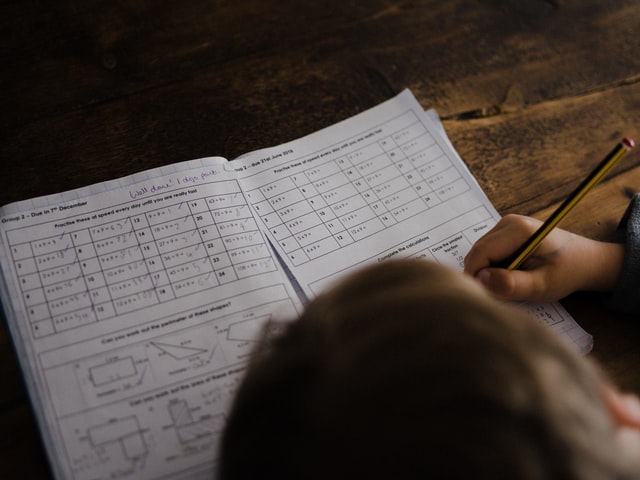 Photo by Annie Spratt on Unsplash
Photo by Annie Spratt on Unsplash
Homeschooling is an innovative movement that has become popular all over the world. Many parents prefer to educate their children at home. They opt for homeschooling when they are not satisfied with the available education facilities, are not in favor of the religion or principles of education adopted by the schools, or feel that children do not progress within the conventional school system.
This form of education started gaining ground during the 1970s. At that time, writers and researchers like Dorothy, Raymond Moore, and John Holt propagated their educational reform ideas. National Home Education Research Institute has stated that more than two million children in the United States are homeschooled at present.
- 0 Comments
- Nov 12, 2020 10:00:00 AM
Relevant Posts
Popular Posts
Subscribe to Email Updates
-
I Want To Learn MoreADDITIONAL INFORMATION


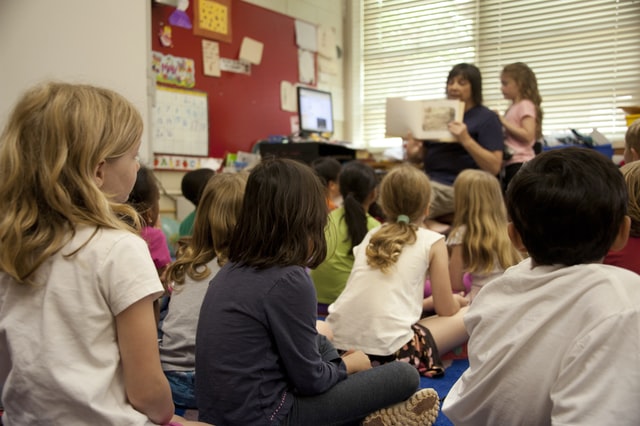 Photo by
Photo by  By
By 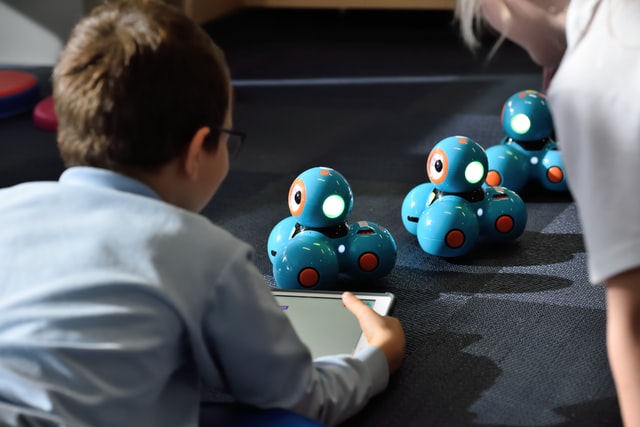 Photo by
Photo by 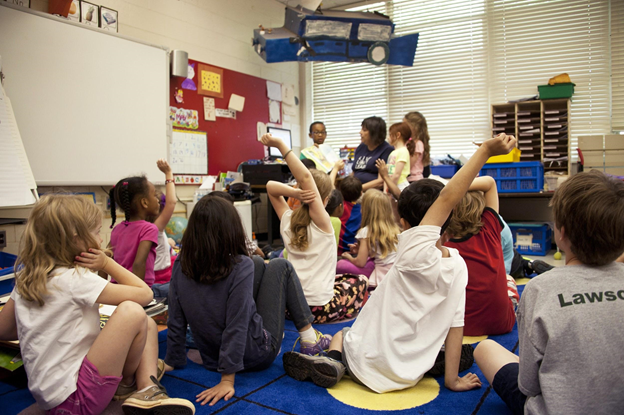 Photo by
Photo by 